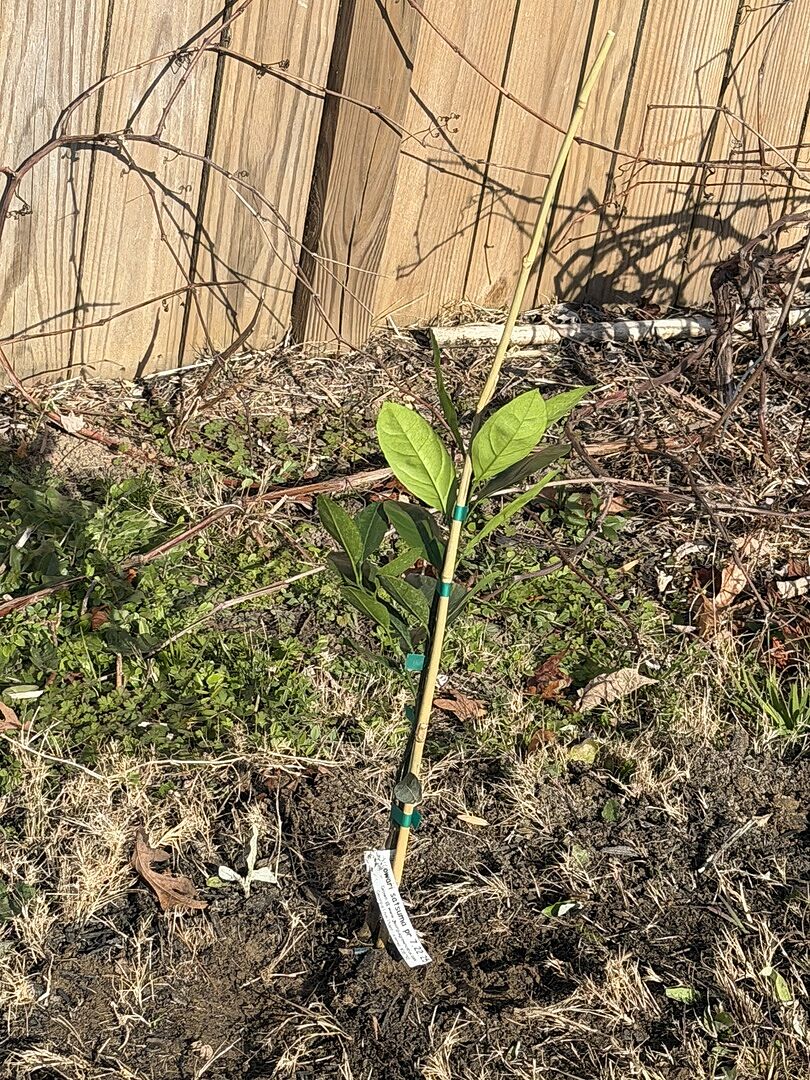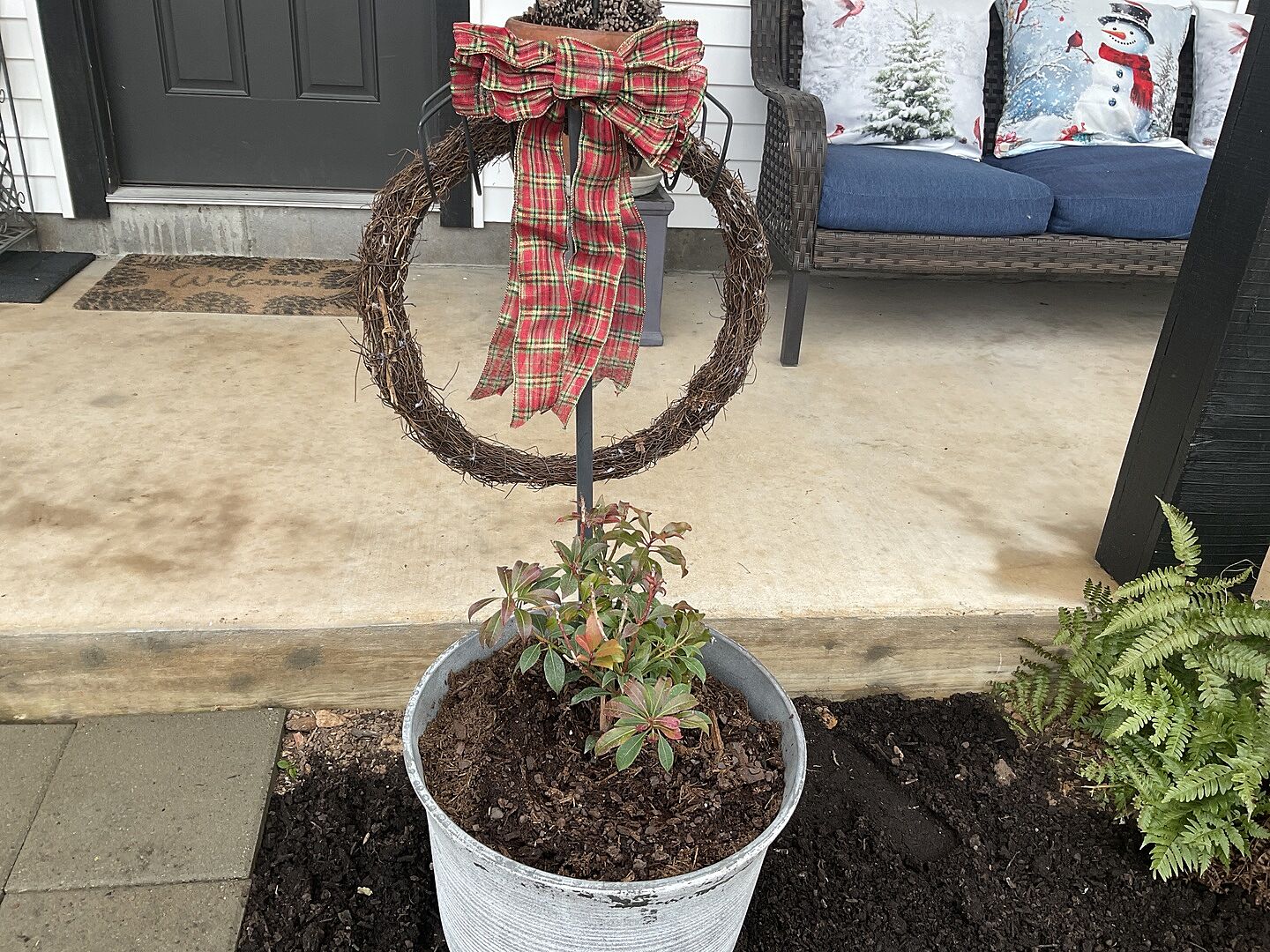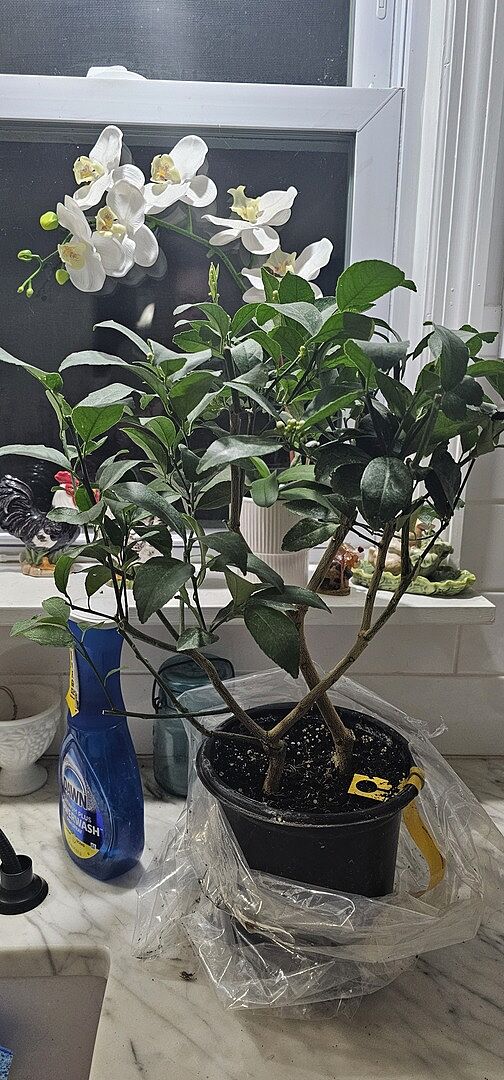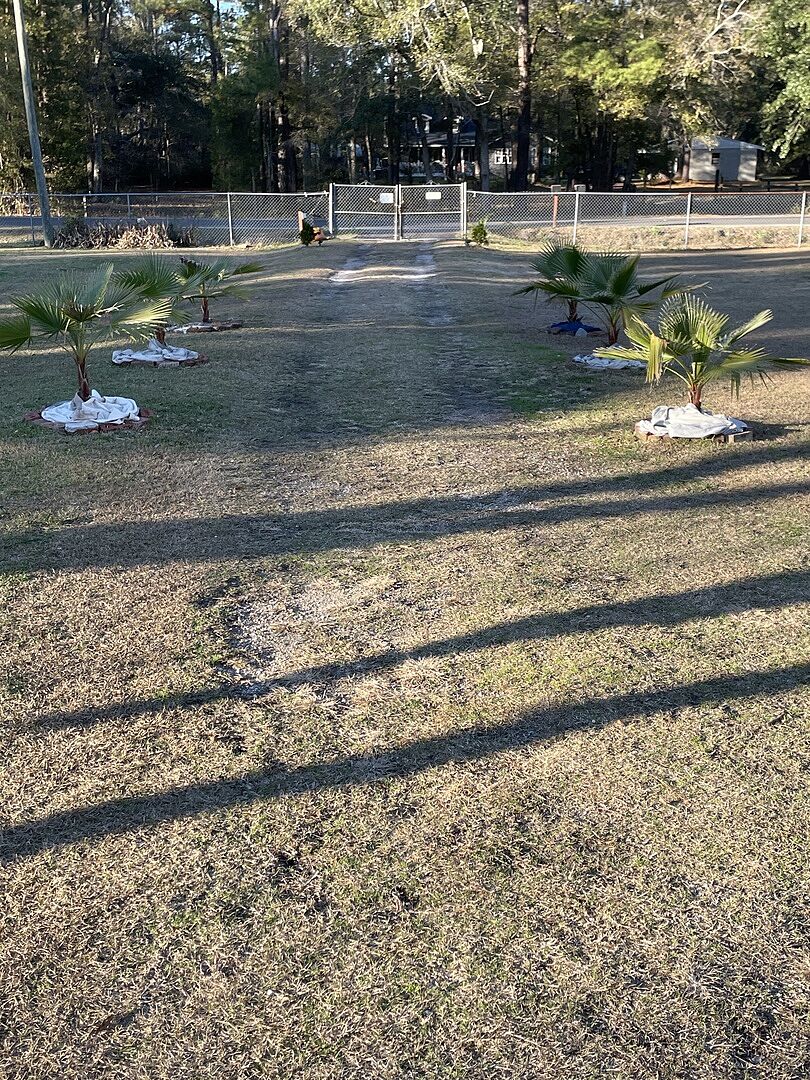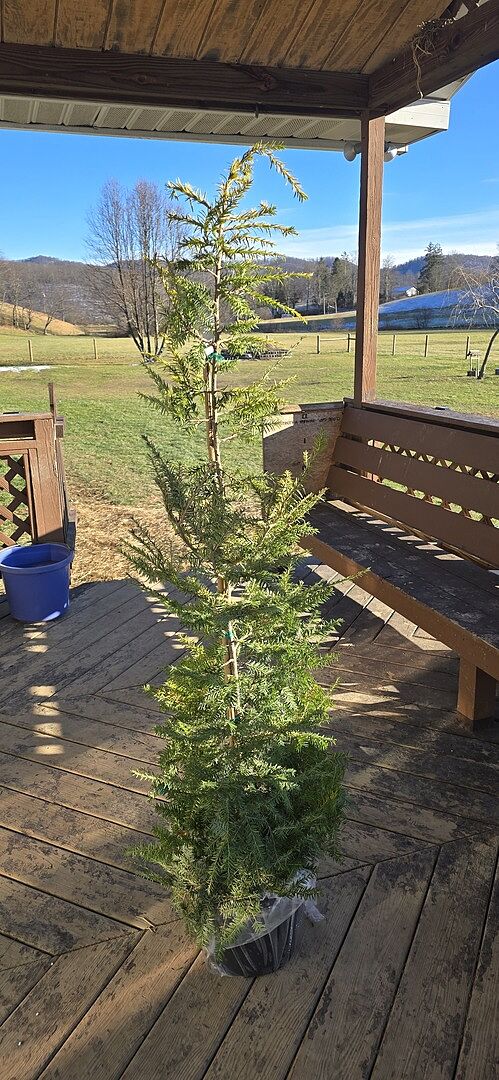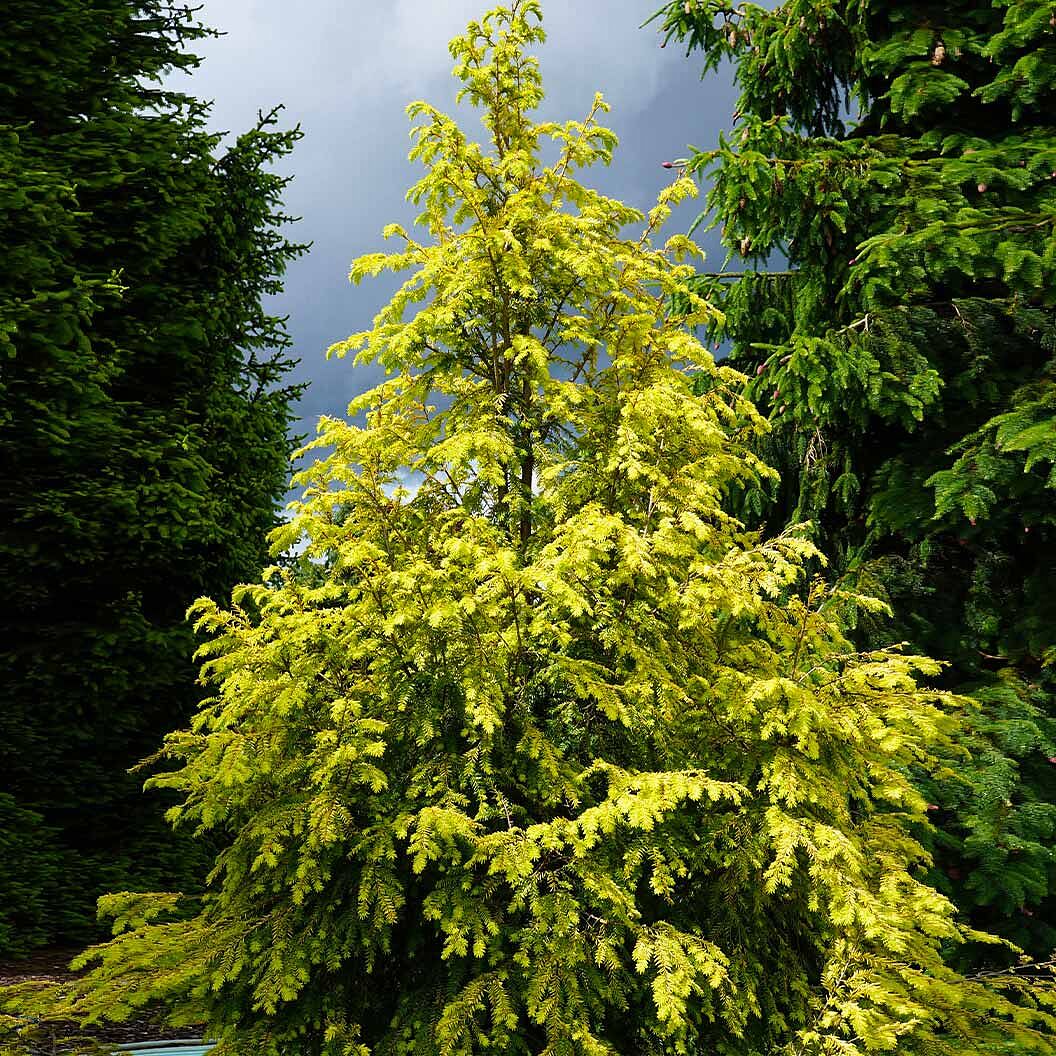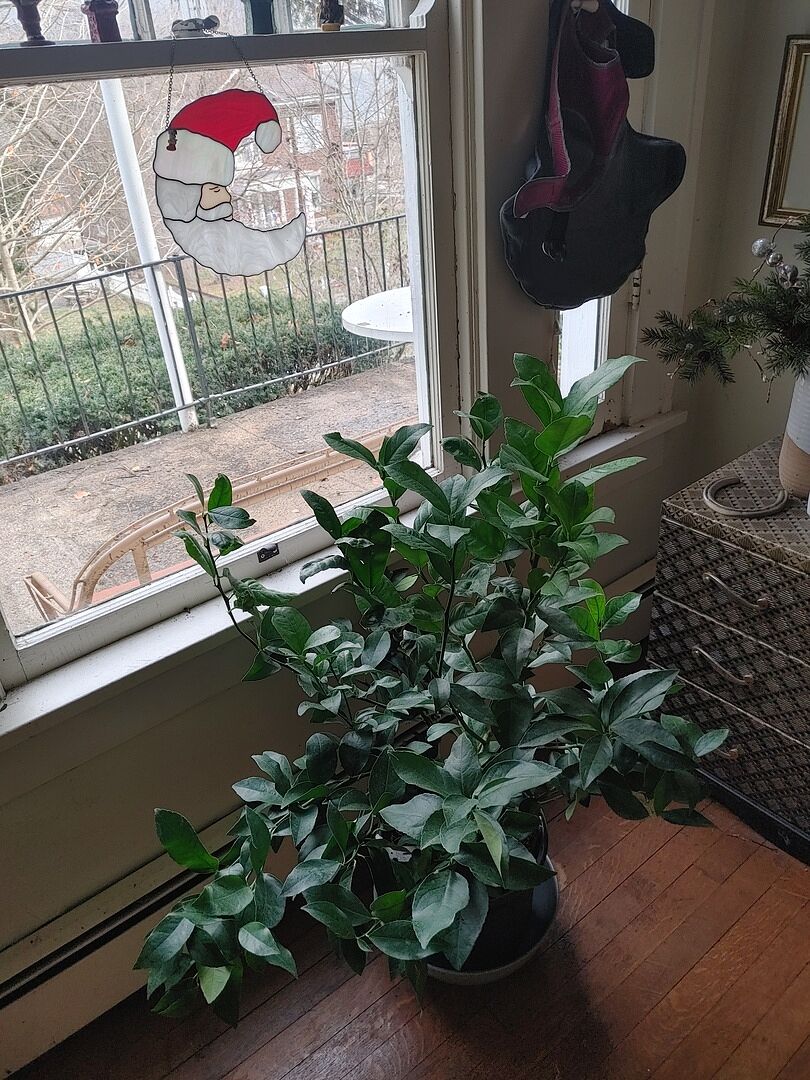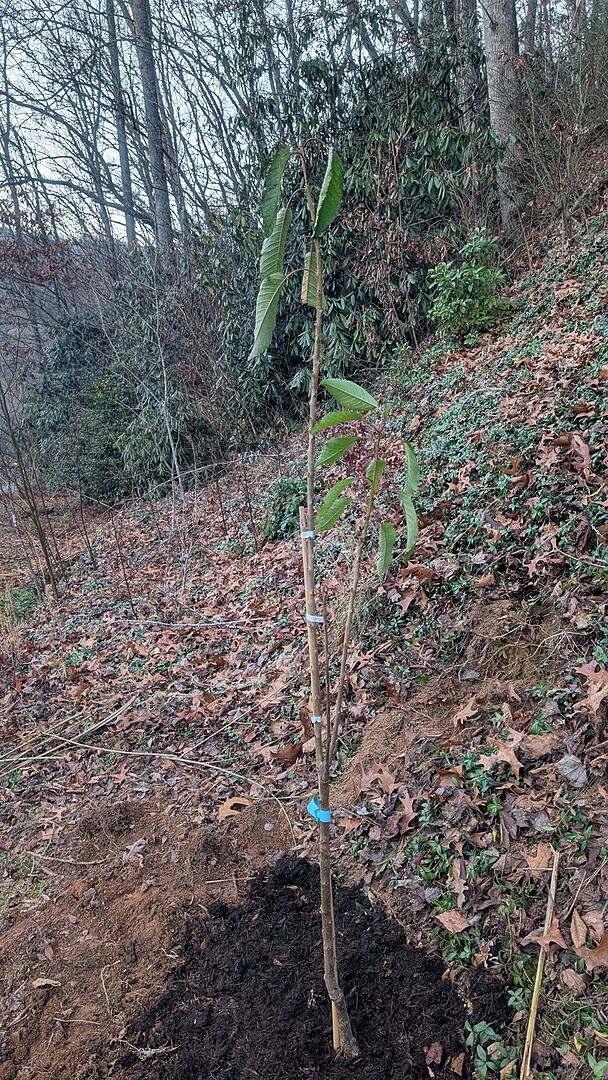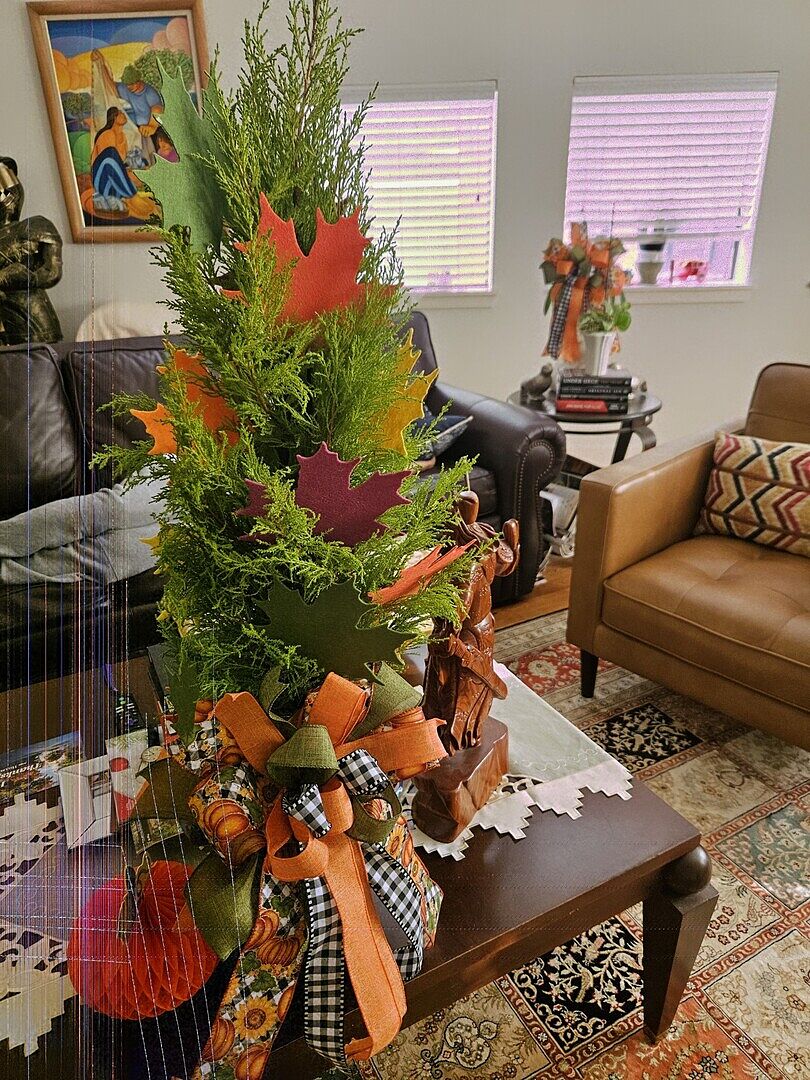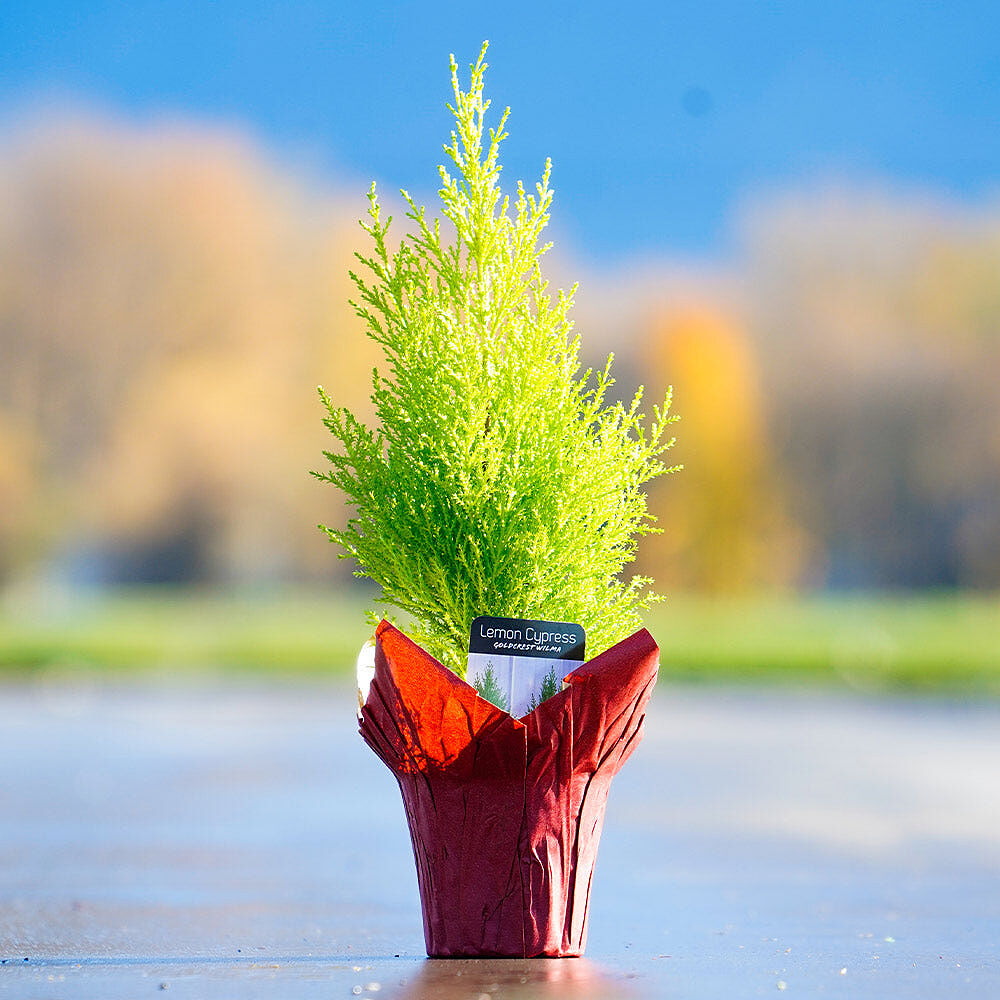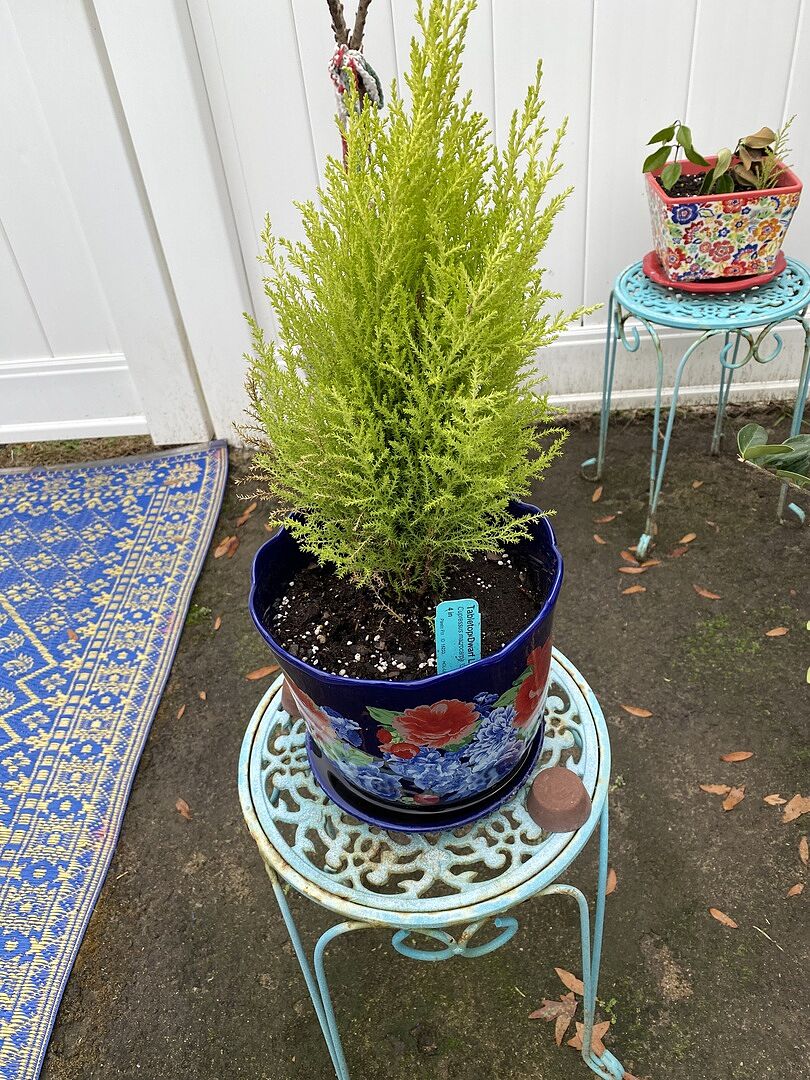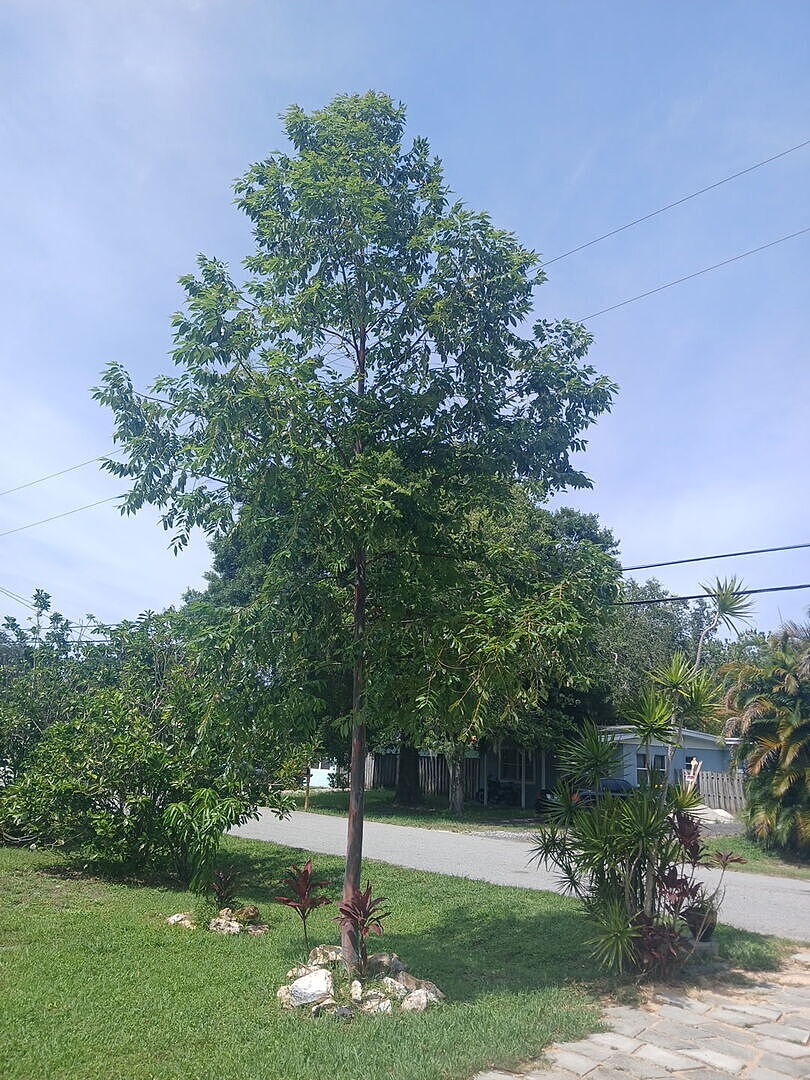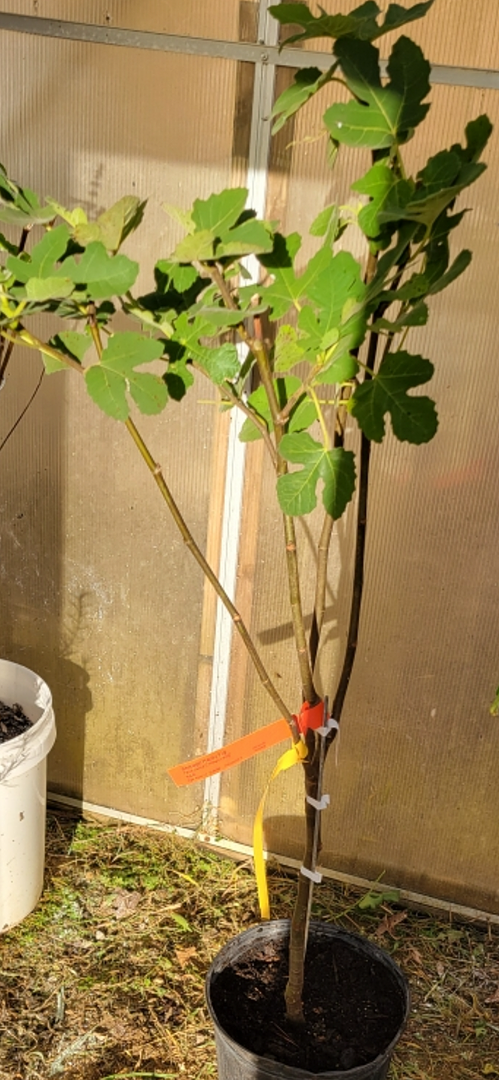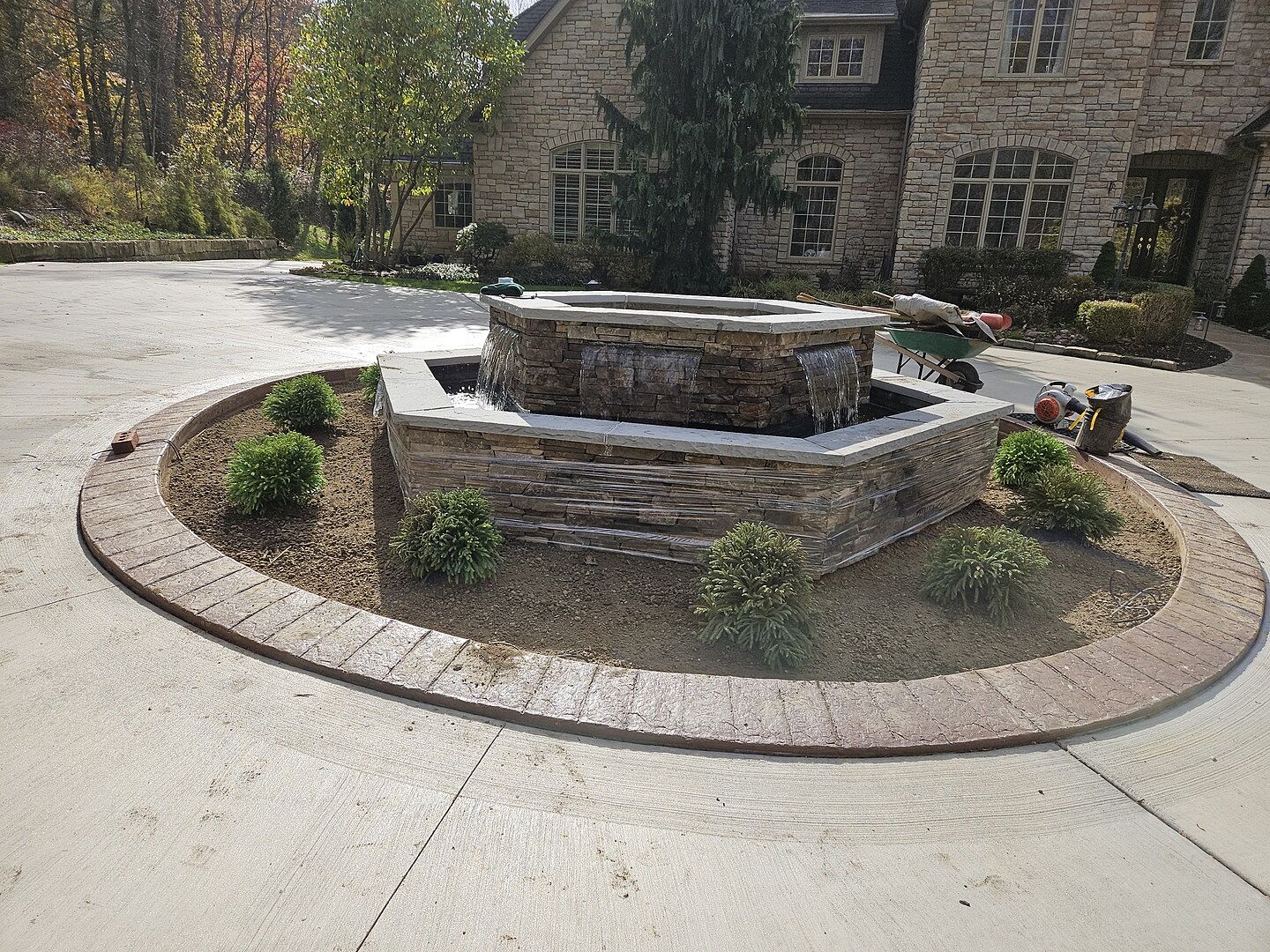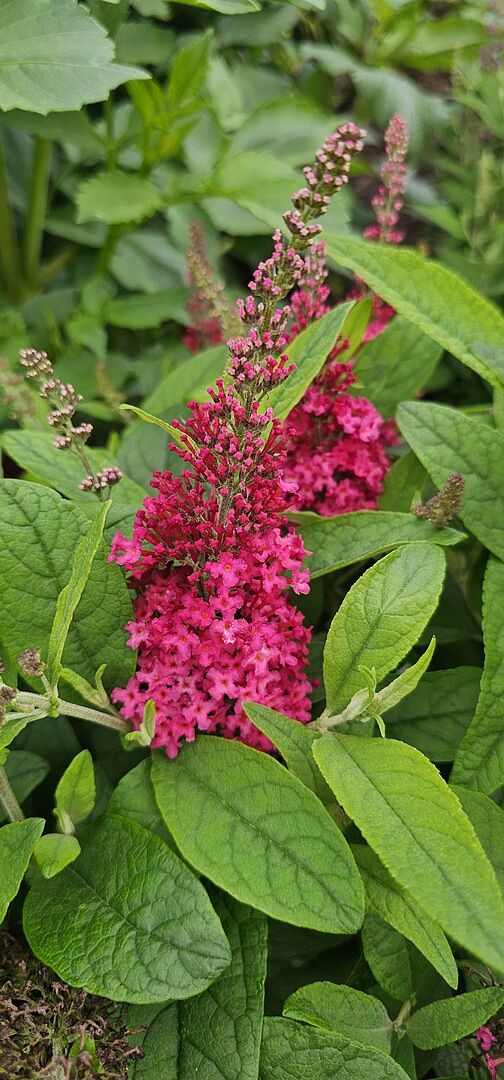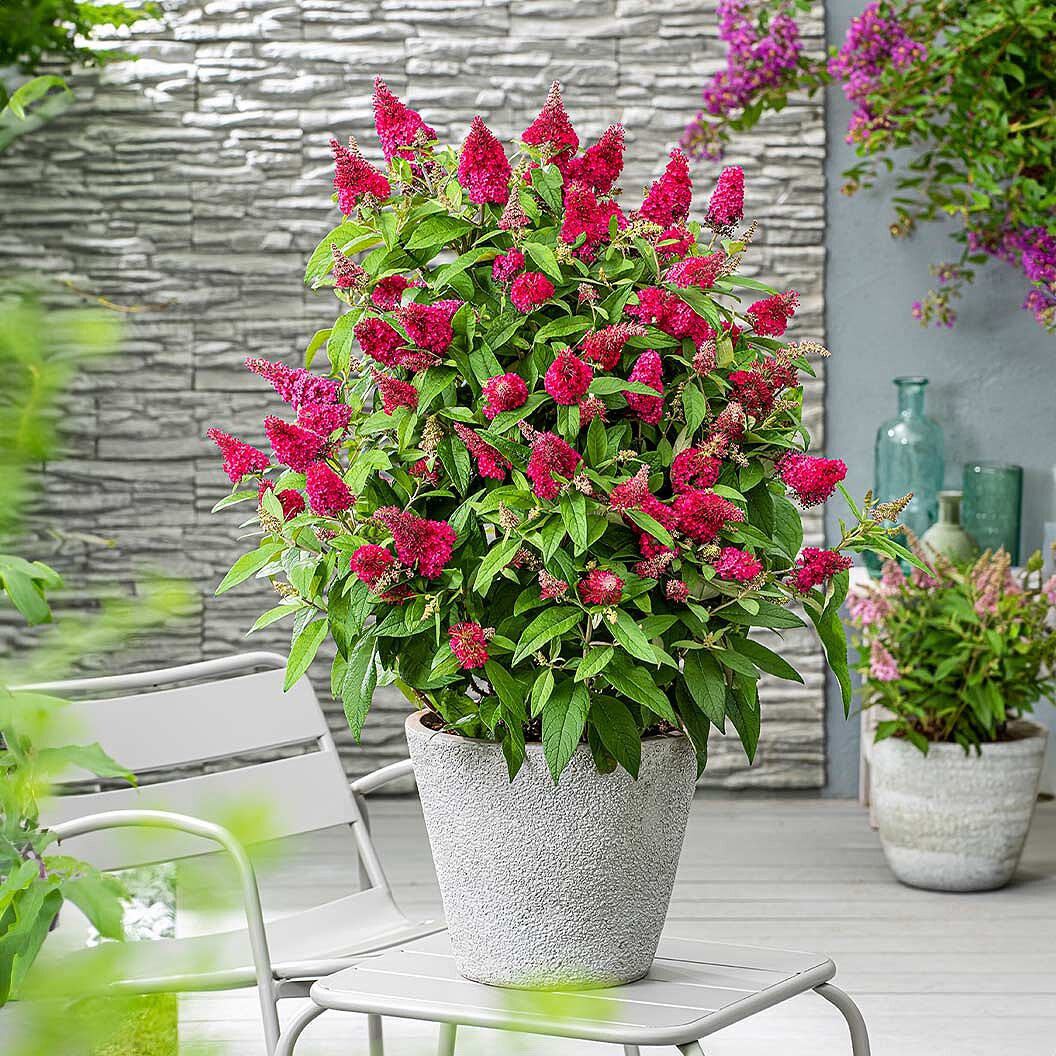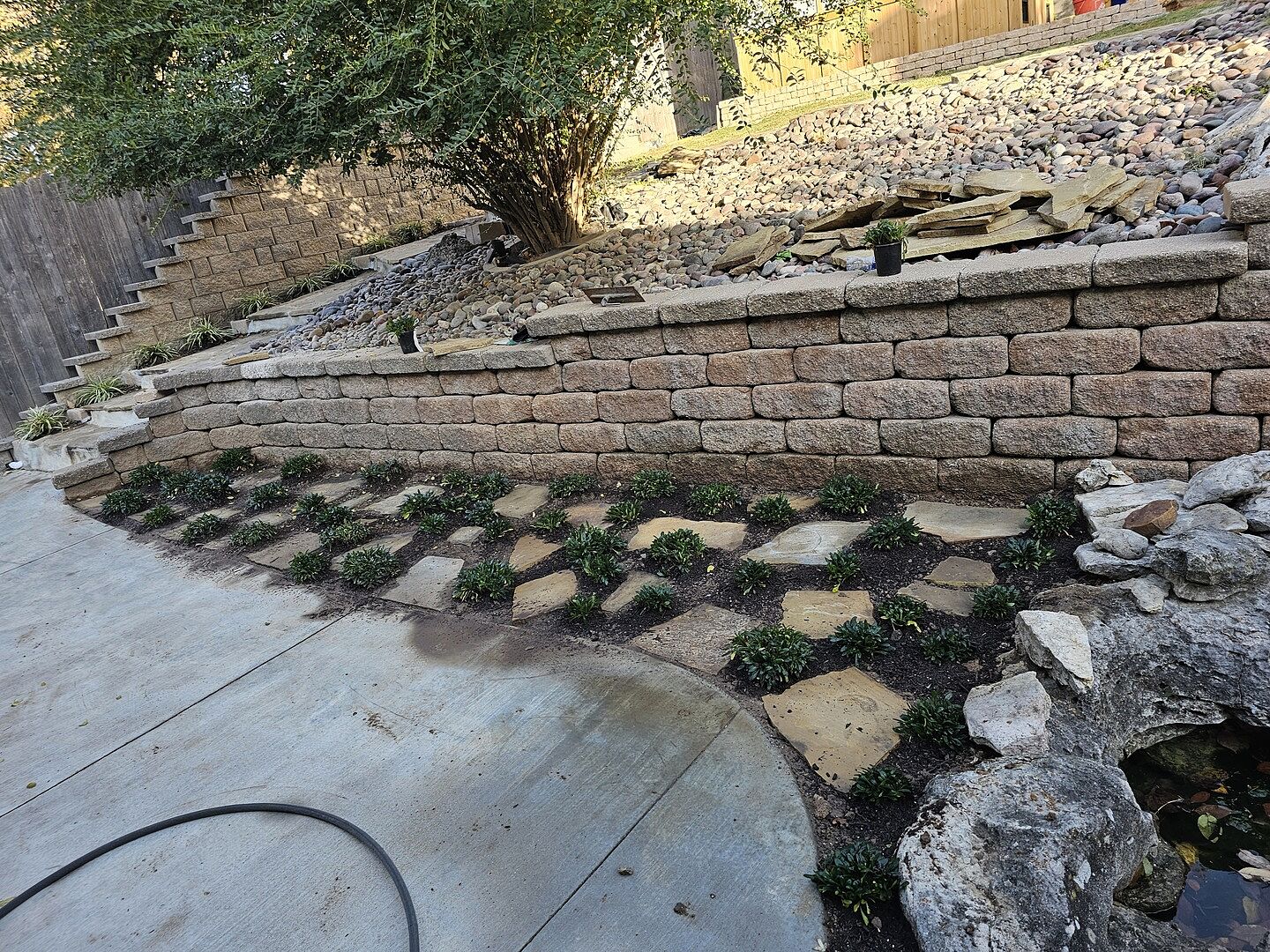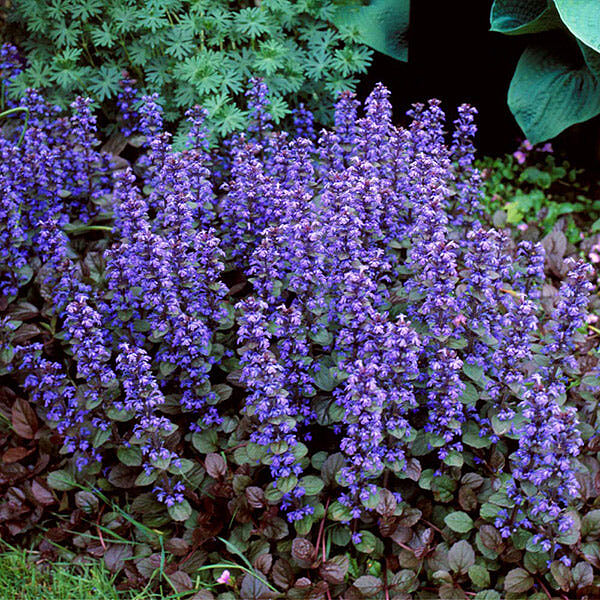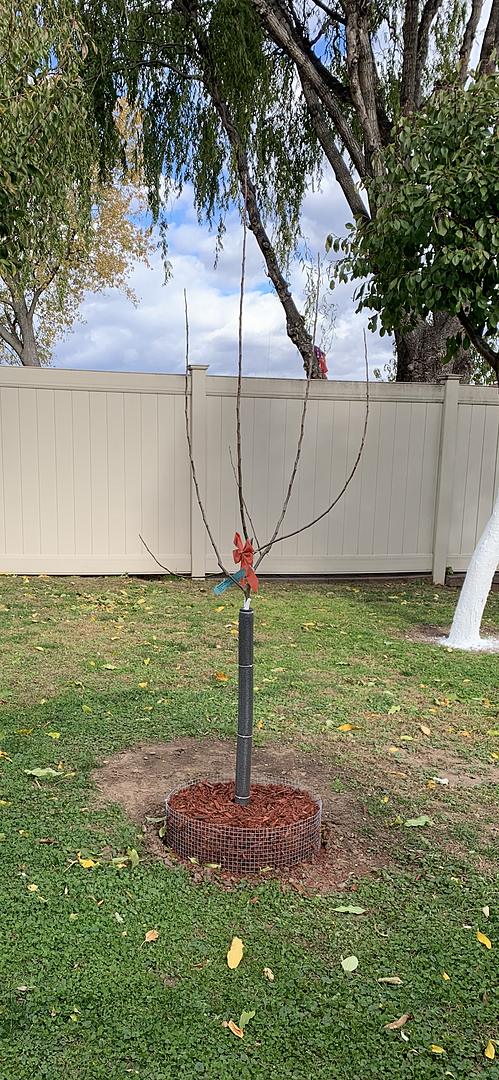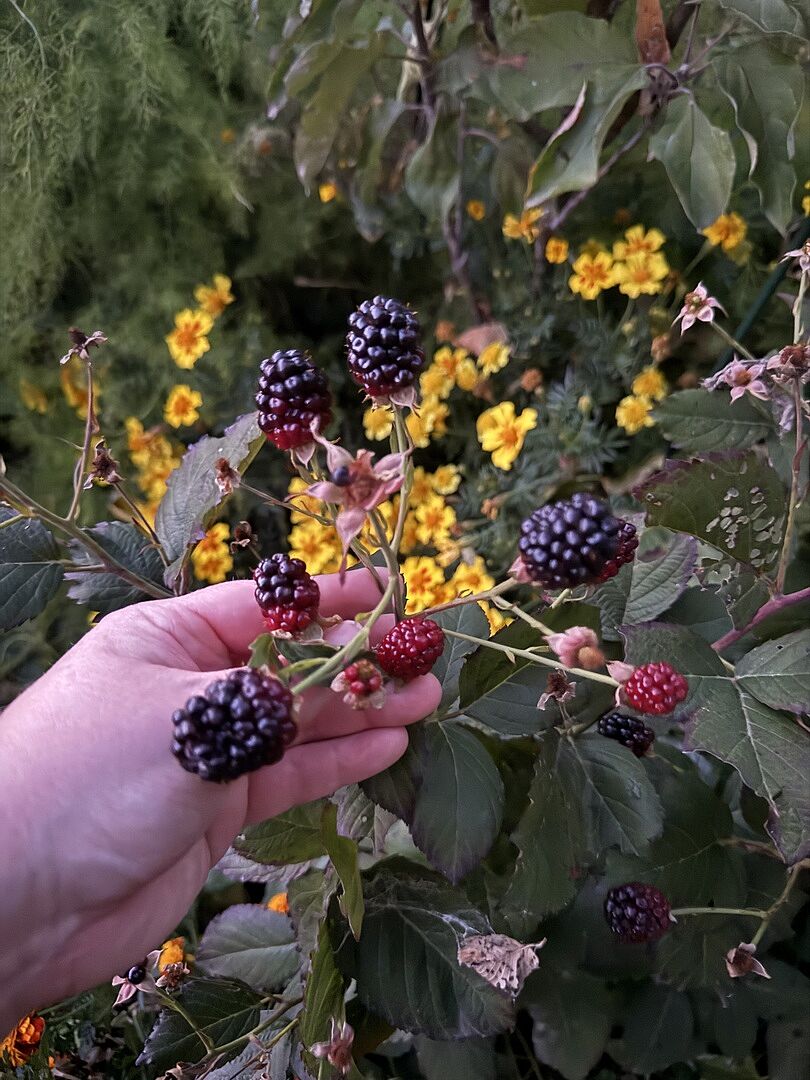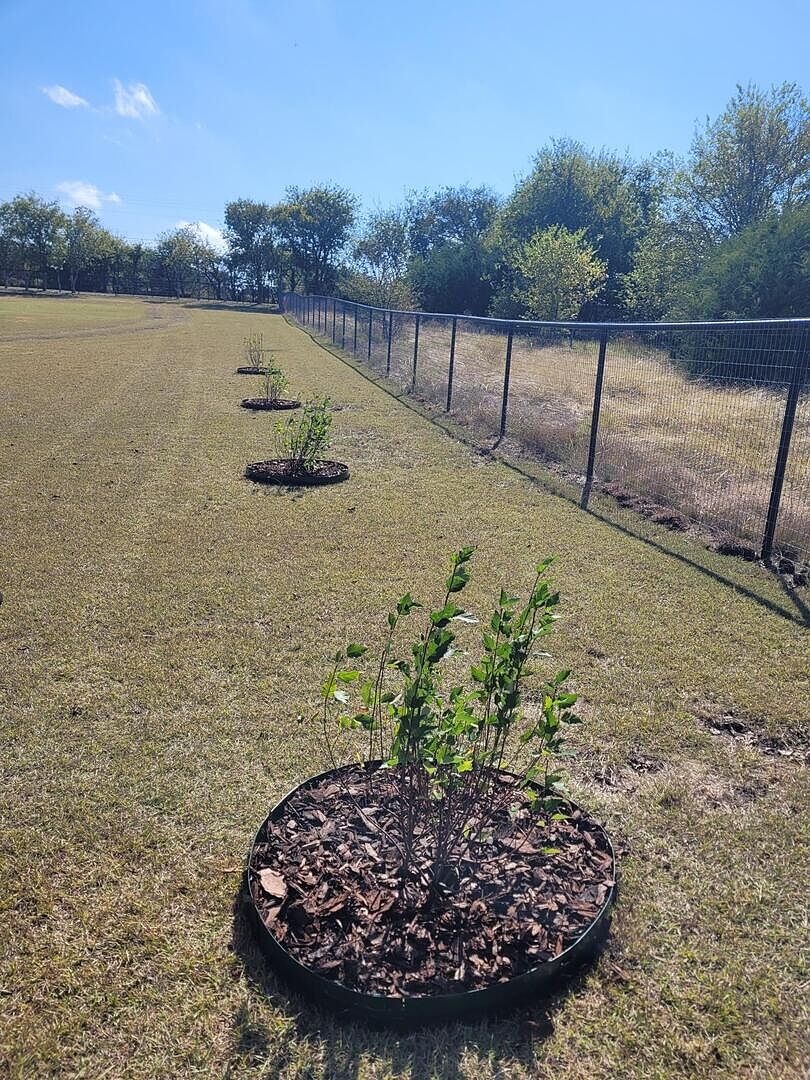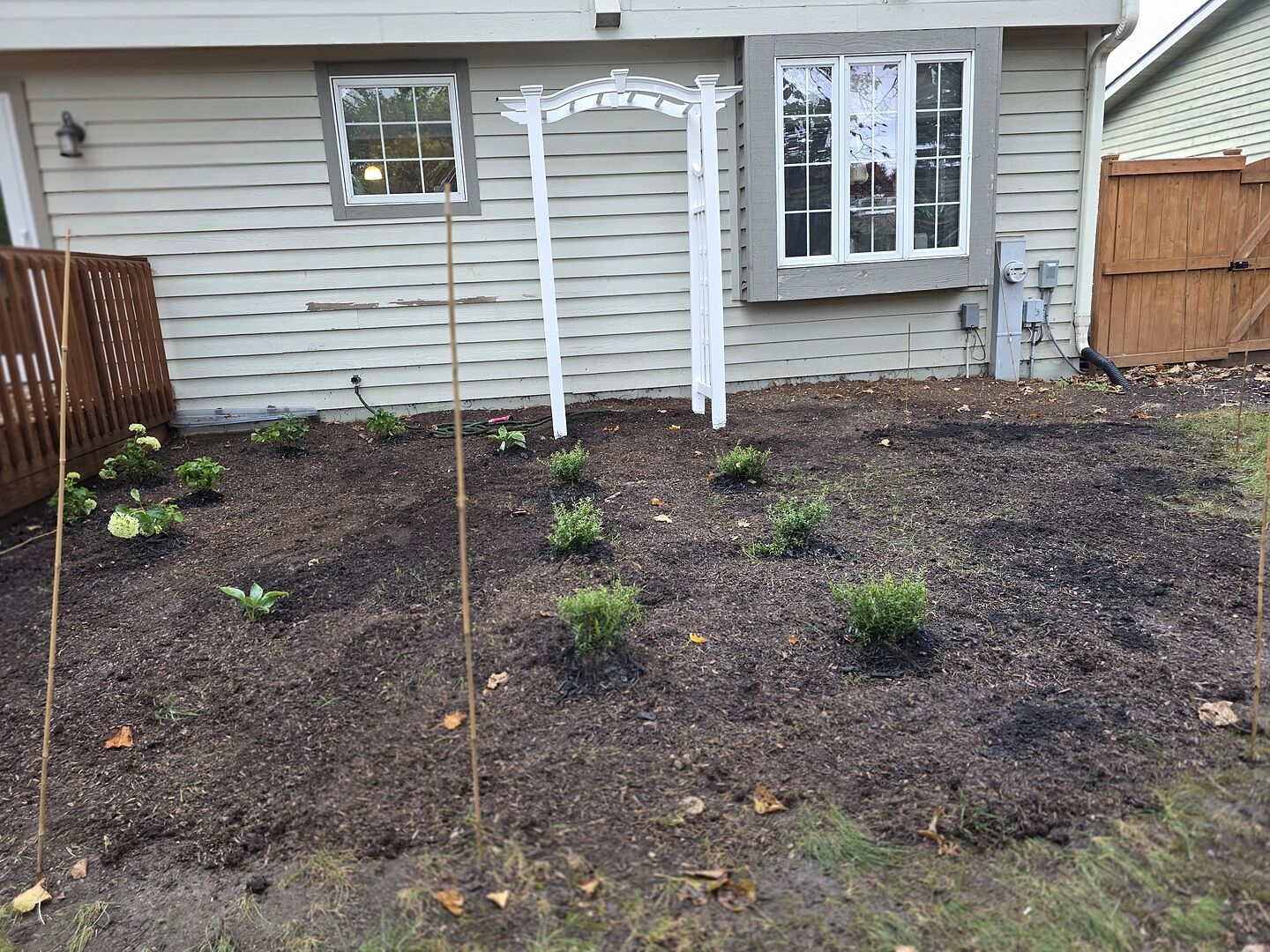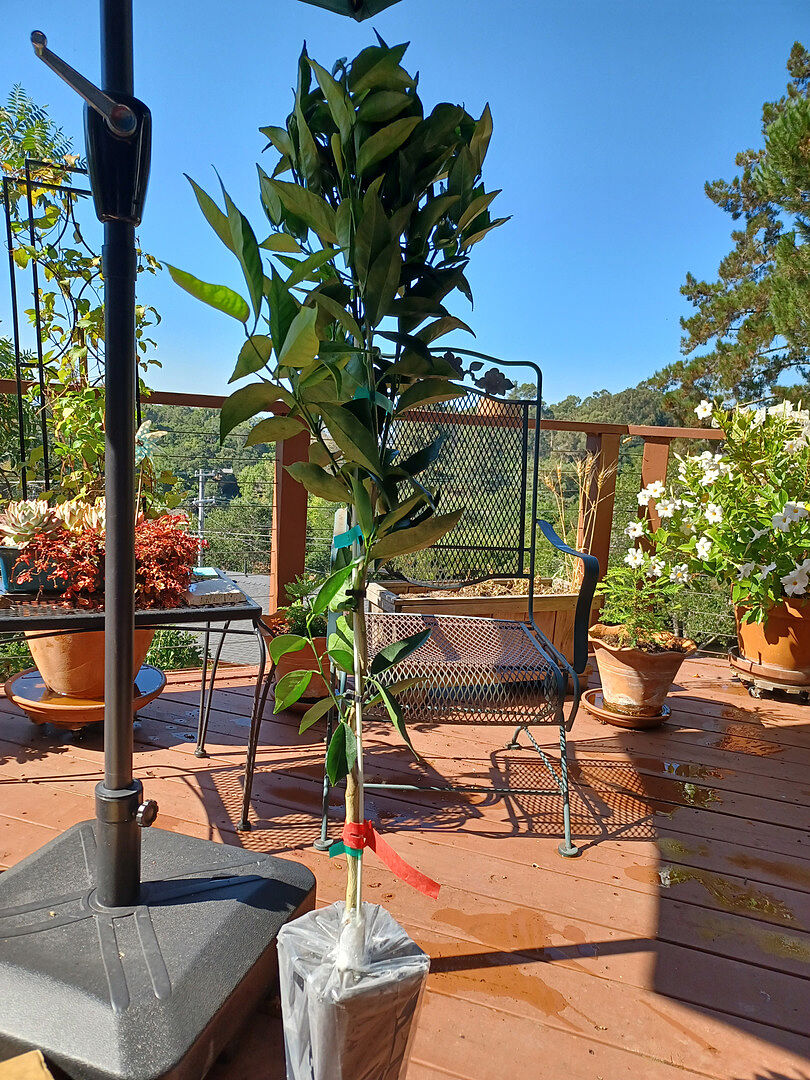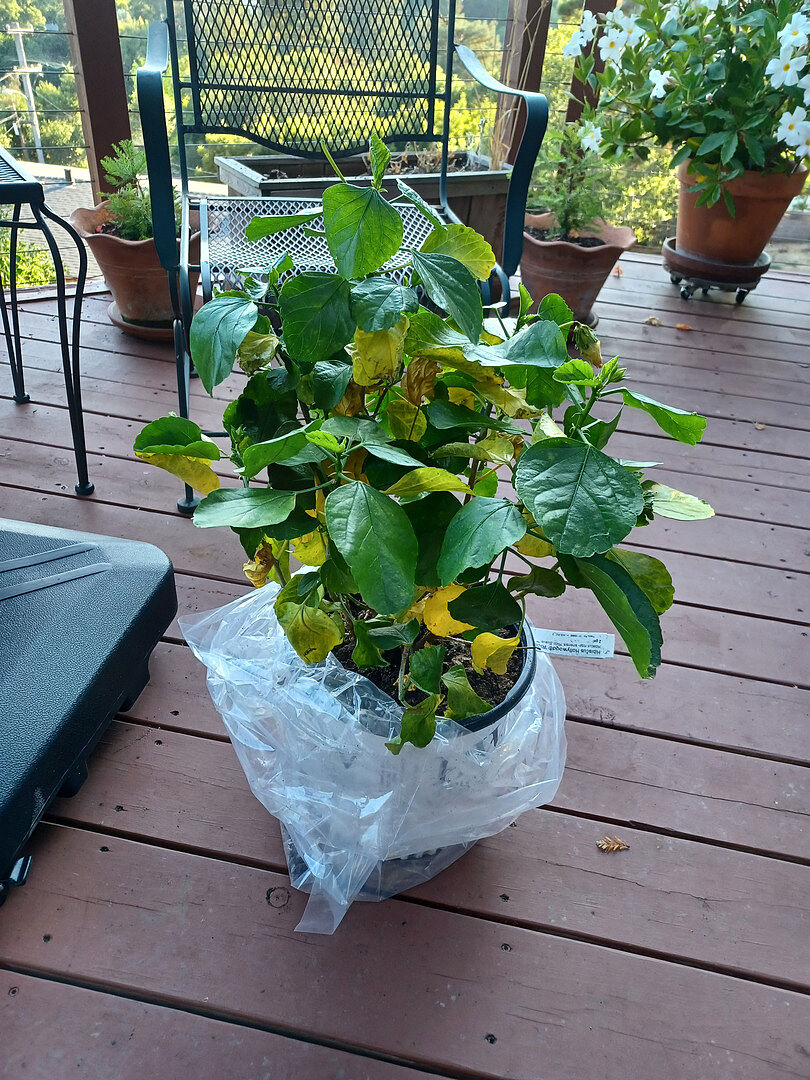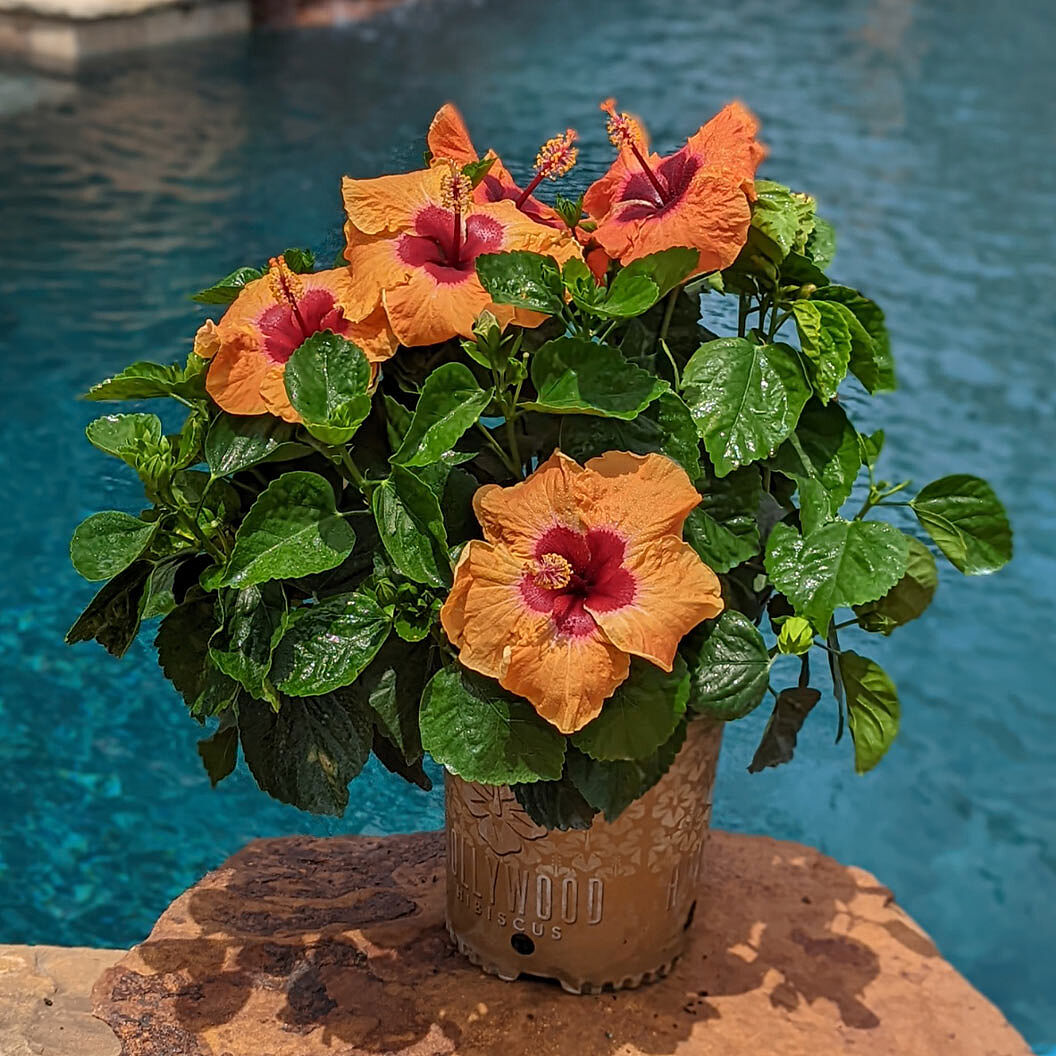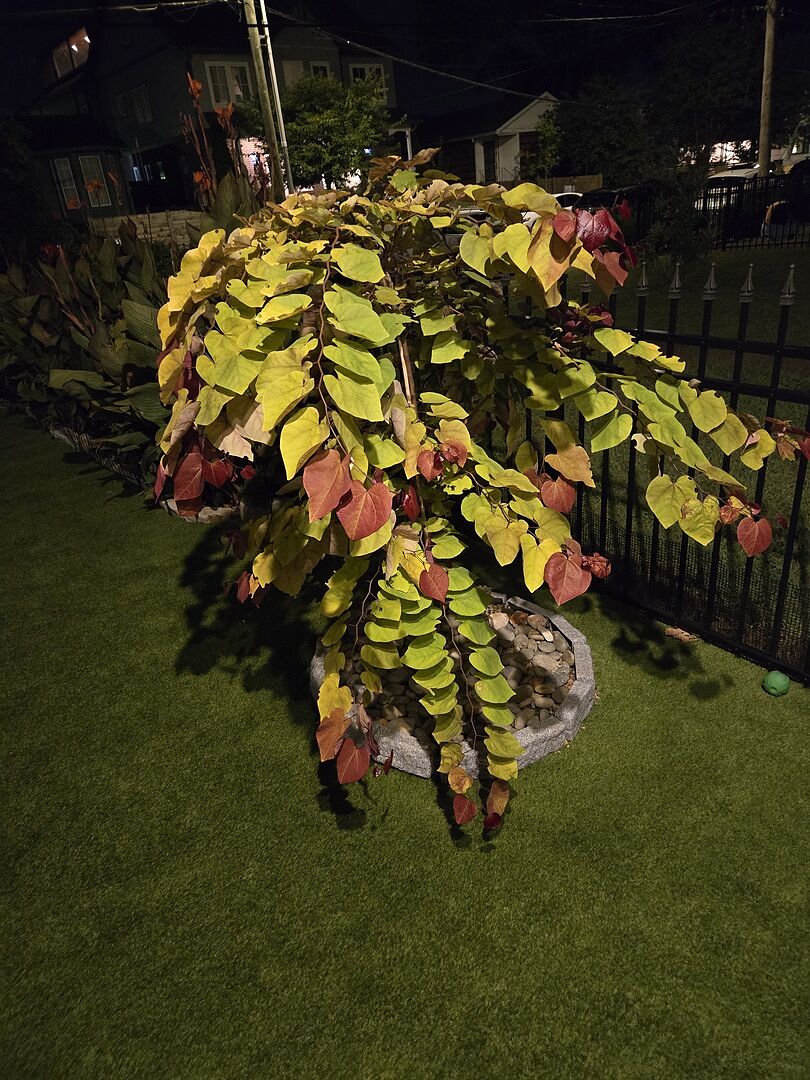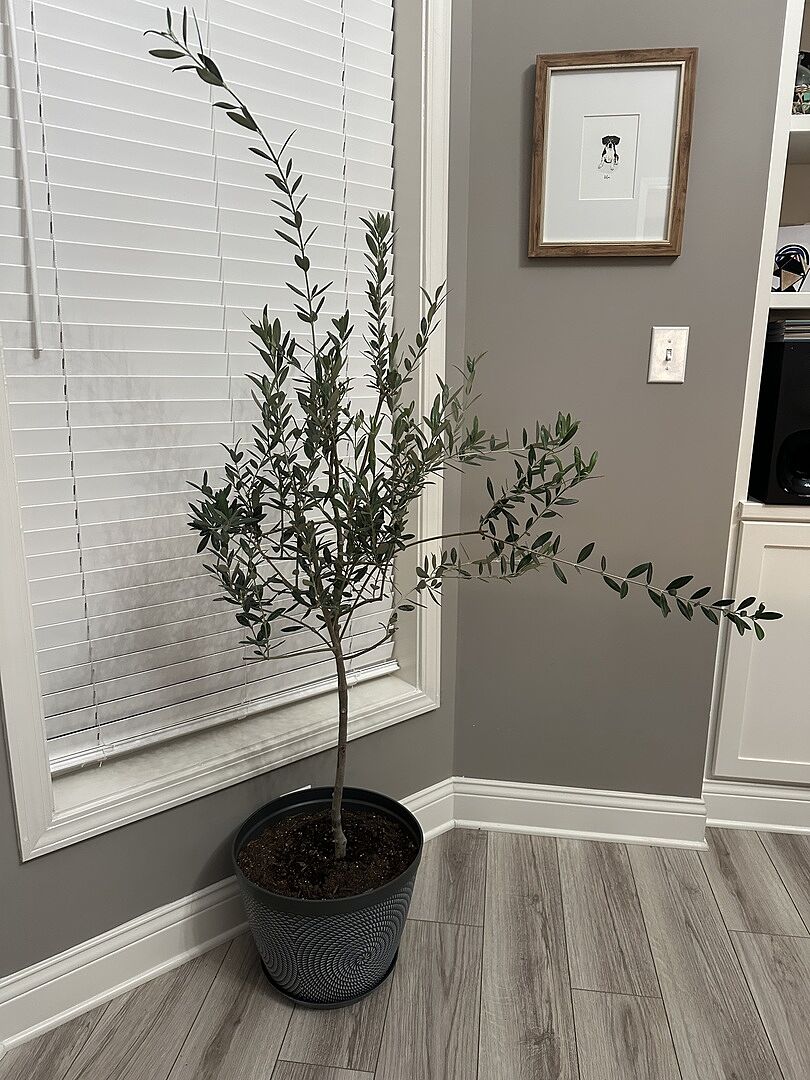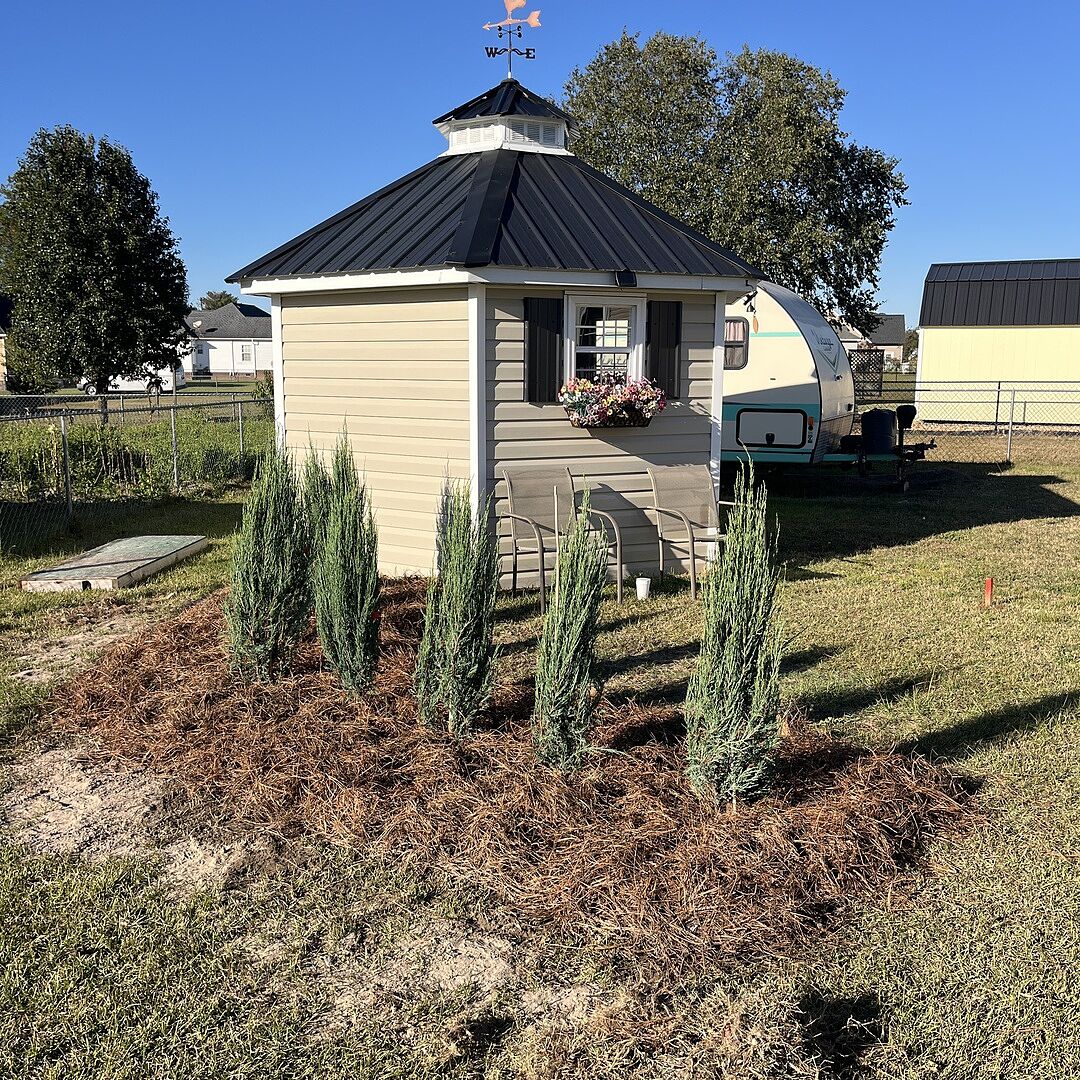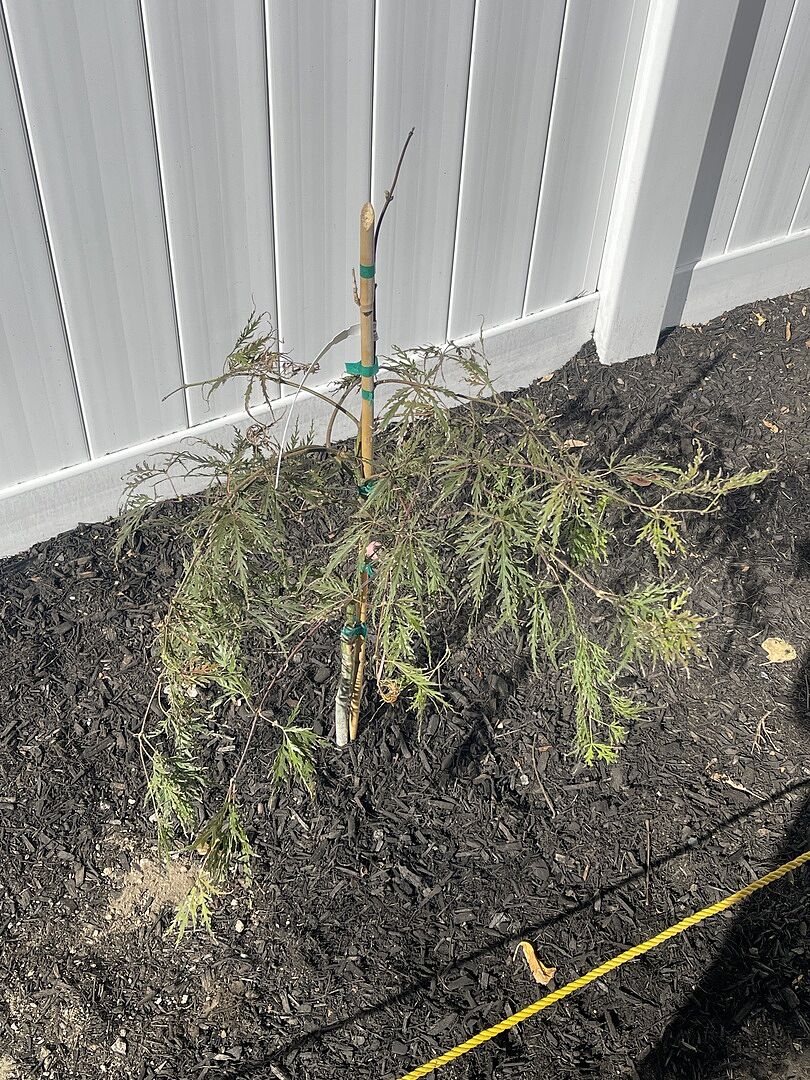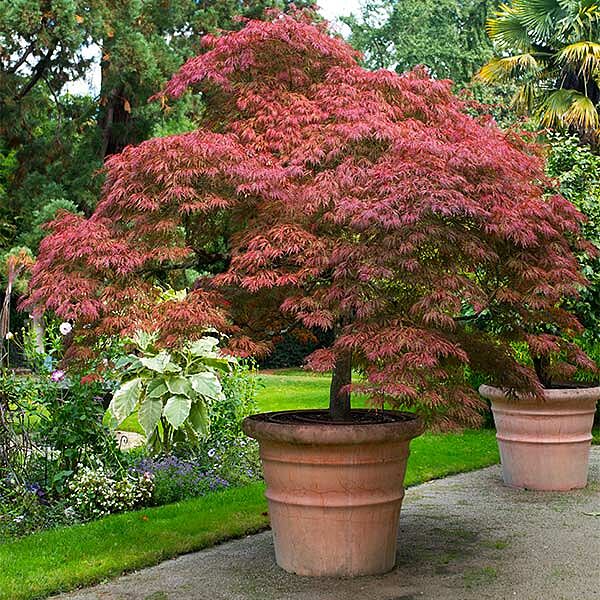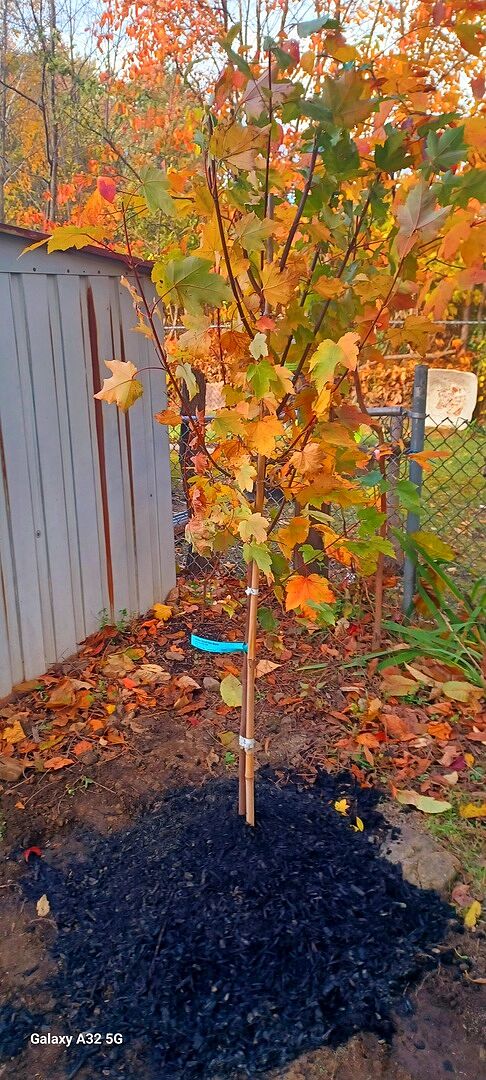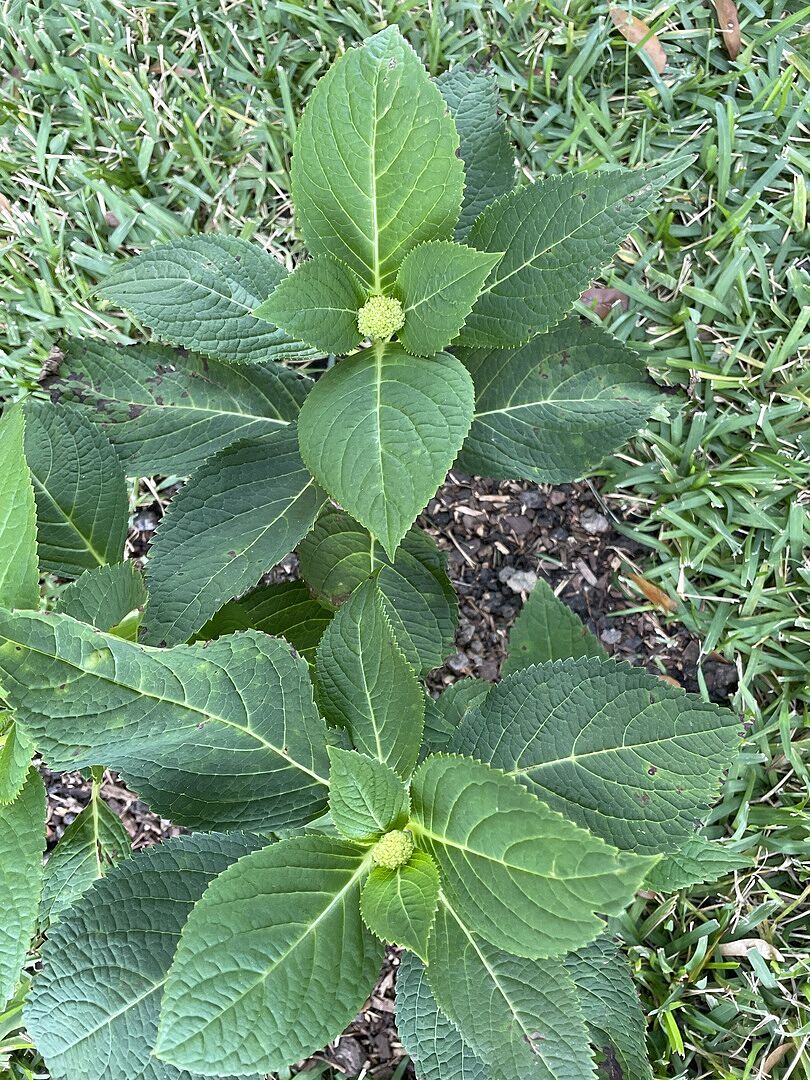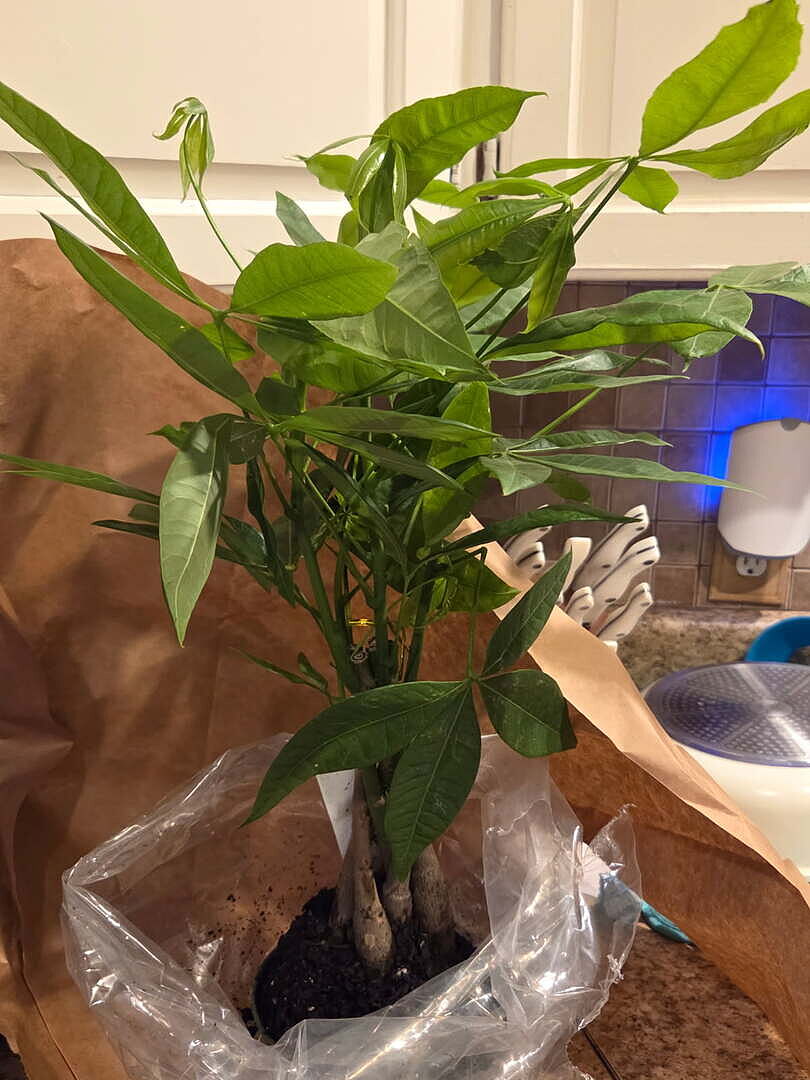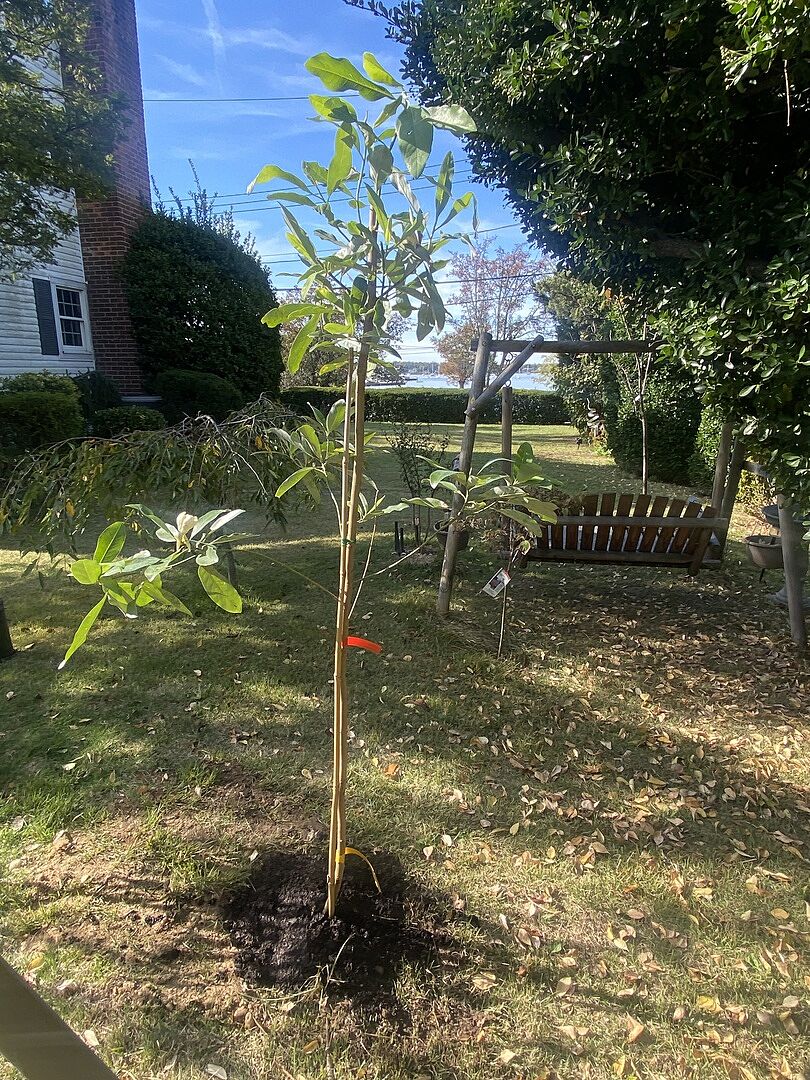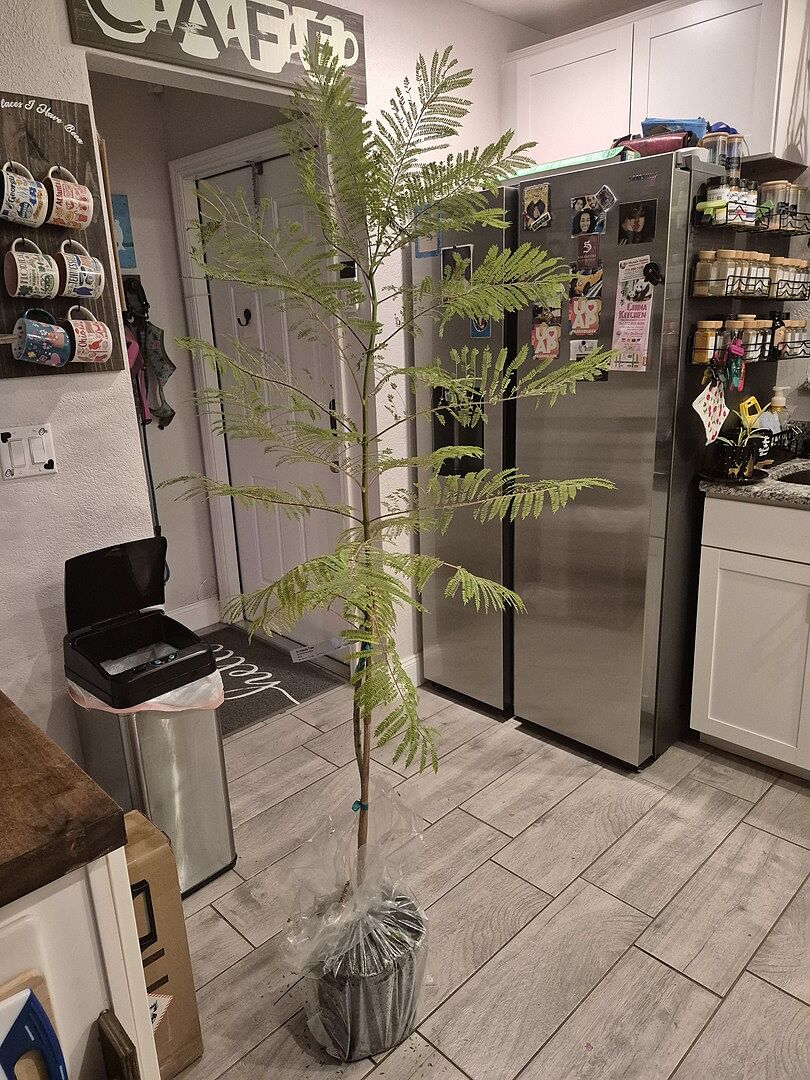Caring for Hydrangeas: Our Top 4 Tips for Success

Last updated: Aug 29 2019

Hydrangeas remain one of the most popular plant varieties available, and for good reason. From their huge blooms to their wide array of color options, hydrangeas offer a lot of versatility. And typically, they're pretty easy to maintain.
However, hydrangeas can also be notoriously water-needy, fail to bloom and die back early. We've gotten a lot of questions about caring for hydrangeas, so we've put together a simple care guide. So, grow above and beyond, whether you're a novice or an expert, check out our 4 quick tips for hydrangea trees success!

1. Color Changes
Keep in mind that all hydrangeas can experience some color change as their blooms age.
However, the Big leaf and Mountain Hydrangeas are the only varieties where you can alter their colors intentionally. And contrary to popular belief, more than just the soil's pH determines color change - the presence of aluminum also plays a role.
It's also easier to make the transition from pink to blue than vice versa. Why? It's all about the aluminum!
Changing a hydrangea from pink to blue simply involves adding aluminum to the soil, while changing from blue to pink means removing aluminum from the soil, which is a bit more difficult. If you do want to change your hydrangea's color, start with a soil test and read all directions carefully.
2. All About Soil & Planting
Surprisingly, your soil type isn't a huge component when it comes to your hydrangea's success. You just have to plant in moist but well-drained soil since hydrangeas don't tolerant wet feet (a gardening term for oversaturated or waterlogged soil).
Your next step? Pick a location so that your hydrangea can reach its full size without the need for pruning, and plant at the same depth as its shipped container. Basically, dig a hole deep enough to accommodate the rootball and the bit of extra room the pot provides.
The best time to plant will be early summer or fall. If you're wanting to transplant, wait until your plant is dormant and has dropped its leaves in late fall or winter.
3. Let the Sunshine In
You'll want some sun each day for your hydrangea. Like most things in life: Everything in moderation!
Many think of hydrangeas as shade plants, but they bloom best with at least 4 hours of sunlight daily, preferably in the morning. Panicle Hydrangeas are the most sun tolerant of all varieties, taking full sun in northern climates with ease.
4. Finally...Water!
One thing's for sure - hydrangeas love plenty of water, especially new plants! Because hydrangeas have shallow roots, they dry out more quickly than other varieties. After you plant, a 2 to 3-inch layer of bark mulch is super helpful, providing a layer to keep in moisture and keep out weeds.
My Hydrangea Isn't Blooming. Help?!
Probably the most common question we get when it comes to caring for hydrangeas. Thankfully, it's fairly easy to isolate the problem and fix it.
First, it's important to know the type of hydrangea you're growing and go from there to encourage blooming.

Smooth or Panicle Hydrangeas
- How long ago did you plant? If it's been more than two years, your first check is that it's getting enough light. Remember that your hydrangea needs at least 4 hours per day. If it's a younger plant, it may need more time to develop its root system. Mulch and keep it well-watered in the meantime, and though we know it's hard, be patient! It will bloom in time.
- Did you cut it back? If you didn't cut your hydrangea back and it's getting enough light but still isn't blooming, it either has deer damage or needs a bit more sun. If you cut it back in fall (the ideal time to prune) and didn't cut too many stems back, you may also be dealing with deer damage or less-than-adequate light.
- When did you cut it back? If you did cut your hydrangea, either in the late spring or summer, you may have removed its buds. In this case, blooming will be delayed or not occur. Only prune in late winter or early spring!
Big Leaf or Mountain Hydrangeas
- Did you cut it back? If you did, you cut off the flower buds. Avoid pruning these varieties to ensure you get blooms!
- Do you live in a cold climate? If you don't, your hydrangea may be suffering from too much shade or deer damage. If you do, your flowers were most likely killed by the cold. Move it to a more protected spot, and cover the shrub on spring nights when freeze or frost is a threat.
- But I thought my hydrangea was re-blooming? Some re-blooming varieties will need to reach a certain height to set new wood buds.
Climbing or Oakleaf Hydrangeas
- How old is the plant? If it's younger than 5 years, it may need more time. We know - you've waited what seems like forever! But Climbing and Oakleaf Hydrangeas often need more time to mature to truly flower well.
- Did you cut it back?If it's older than 5 years and you cut it back, you cut off the flower buds. Avoid pruning your Climbing and Oakleaf varieties! If you didn't cut it back, it's the usual suspects: Deer and low light.
Caring for hydrangeas doesn't have to be complicated. Like most plants, a bit of sun and a little water (or a lot, in this case!) go a long way. And once you've gotten the hang of your hydrangea's preferences, it's easy-blooming. Check out our hydrangea varieties, and get growing today!

Written by
Blair Brown
Blair is the Content Marketing Manager at FastGrowingTrees.com, and though she's not your traditional gardener, the planting world is definitely growing on her (pun intended!). She's enjoyed digging into plant care and maintenance and growing her plant collection, especially with exotic indoor varieties.
Featured Product

Endless Summer® The Original Reblooming Hydrangea
396 reviewsStarting at $61.95
















